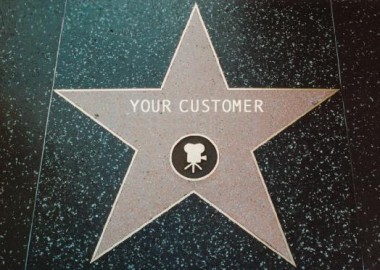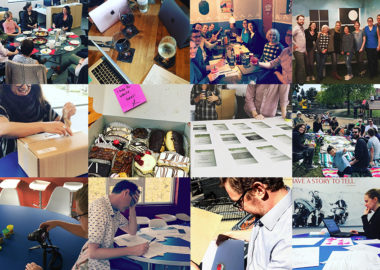
You could say that Serial changed everything in podcasting. This would be an oversimplification, but you could say it. In 2014, producers from the venerated NPR radio show (and podcast) This American Life unveiled a new podcast: Serial. The conceit in the show’s tagline is that it would be “one story told week by week”. The show’s creators (Sarah Koenig, Julie Snyder, and a team that included Ira Glass) didn’t present this as particularly revolutionary, but the public embraced it as such.
Stories have been presented in a serial format for a very, very long time, and Serial the podcast built on that tradition. Serial was unique because it came in the form of a podcast, a relatively new form of storytelling. The production won a Peabody Award in 2014 for “innovations in form and its compelling, drilling account of how guilt, truth, and reality are decided.”

Serial is a true crime documentary, and the bulk of the show’s first season comes from Koenig’s interviews with a man named Adnan Syed. In 1999, Syed was accused (and convicted) of murdering his high-school ex-girlfriend, Hae Min Lee. This story, and the deft way it was told by Koenig and her team, became a podcasting pop culture phenomenon that intrigued millions. Here are some record-breaking statistics from December 2014, when the podcast was airing its final episode:
- 5 million – “Serial” is the fastest podcast ever to reach 5 million downloads, in November 2014, according to Apple.
- 40 million – Estimated number of downloads, as of December 23, 2014.
- 3.4 million – The average number of times each episode of “Serial” has been downloaded, as of December 22, 2014.
Lifetime downloads for Serial’s first season, have been reported at 80 million (and that is only as of February 2016). The scale and reach of this story made it unique, and big brands took advantage of this audience at the time.
Serial produced a second season of content in 2015; this time about a United States Army Solider captured during the war in Afghanistan and held by the Taliban for 5 years. It wasn’t the runaway smash hit of the first, but still drew in large audiences for the format. Where Season 1 of Serial relied on the relationship between the podcast host (Koenig) and subject(s) (Adnan Syed and others involved in the case), Season 2 relied on interview tape between the solider (Bowe Bergdahl), and a filmmaker (Mark Boal of Page 1) doing research for a possible movie.
Season 1 of Serial is a character study. Season 2 is driven by plot, and lower listenership indicates this approach wasn’t as engaging.
The common ground shared by the seasons is a compelling mystery to unravel. Who killed Hae Min Lee? Why did Bowe Bergdahl walk off his military base in Afghanistan? And each question asked has a variety of “answers,” depending on your perspective on the case. In terms of how these stories are told, Season 1 of Serial is a character study. Season 2 is driven by plot, and lower listenership indicates this approach wasn’t as engaging.

That brings us to today. In late March 2017, the team behind Serial released a new podcast under its own brand. S-Town tells the story of one brilliant but troubled man and the Alabama town that he lives in. It’s set up as a murder mystery, but becomes something very different as the story unfolds. All 7 episodes of S-Town were released on the same day, and promotional material encouraged listeners to binge-listen to all of the episodes.
Early statistics on listenership for S-Town indicate that it is once again a hit for NPR. Listeners downloaded it 16 million times in the first week it was available, and it recently exceeded 40 million downloads.
I won’t spoil anything about the plot of S-Town, but it succeeds largely because the story it tells about a character. Much like Serial Season 1, this is a story about the relationship between a reporter and his subject. In this case, reporter Brian Reed delves into a mystery brought to him by a larger-than-life character (and, it’s important to keep in mind, human man) named John B. McLemore.
The result is a truly fascinating and compelling character study, with twists and turns, and point of view that is incredibly timely in light of the political situation in the United States in 2017. If you love story, I highly recommend giving both Serial Season 1 and S-town a listen. Each podcast delivers a masterclass in storytelling craft.
As podcasting has come of age as a storytelling tool, the potential to reach audiences in this medium continues to grow. The case of this most well-known and successful series illustrates the importance of deploying sound (ha) storytelling fundamentals to engage audiences.





